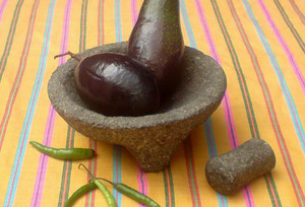The walk from the Hotel Mesón de Jobito where I’m staying to the Convento de San Francisco is only 15 minutes away but it’s a distance that spans centuries. The route takes me from the hotel built in the 1700s as a residence and then later used as an inn with donkeys, mules, and horses housed in what is now Bar Muleros where I have a drink each night. My journey takes me even deeper into the history of Zacatecas, a UNESCO World Heritage Site, located about 378 miles northwest of Mexico City.
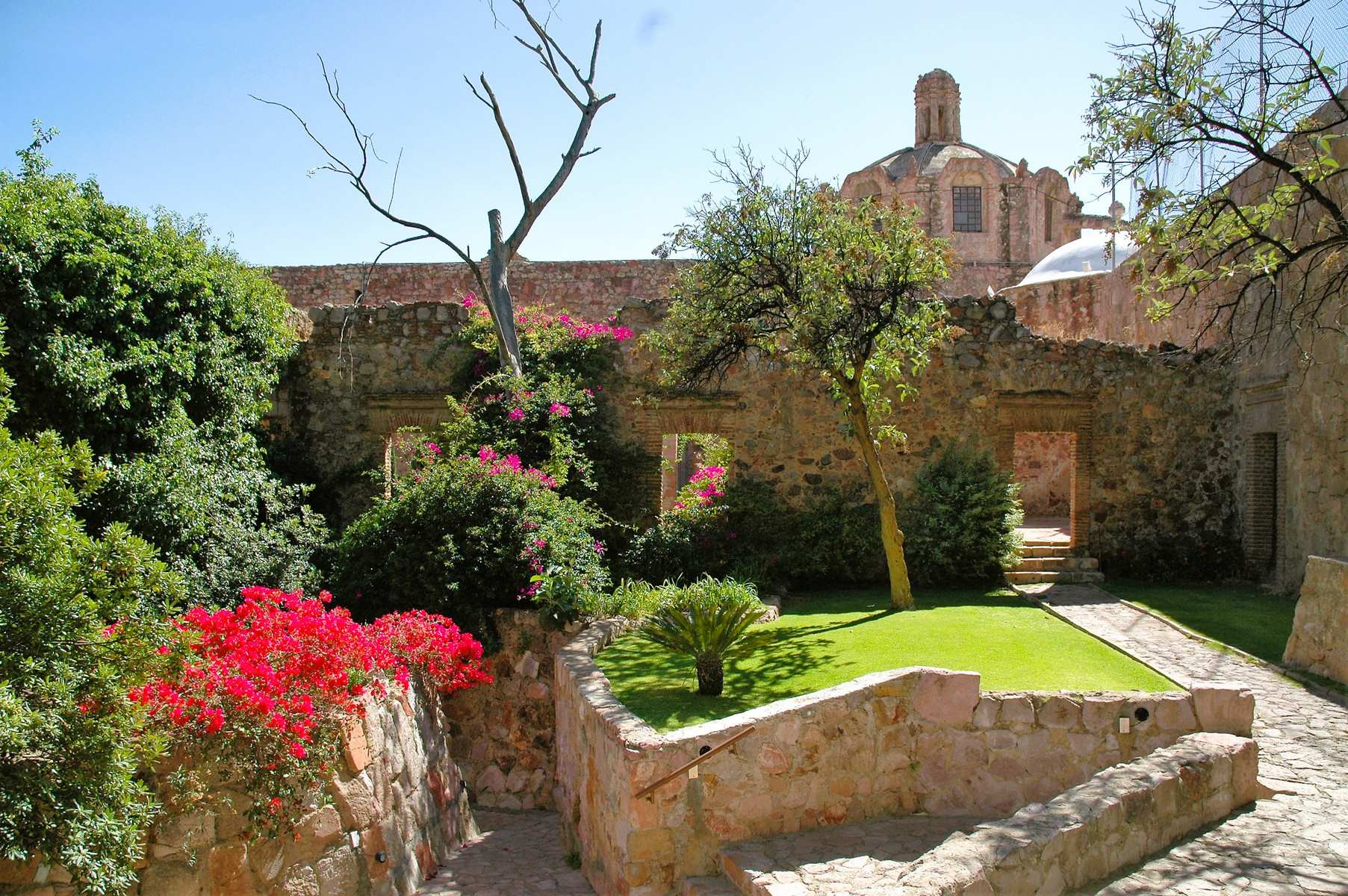
Along the way I pass the Catedral Basílica de Zacatecas, consecrated in 1752, with its exterior façade of intricate lace-like pink stonework and elaborate Corinthian pillars. Inside, the main altar is over 55-feet high and 32-foot wide gilded with 24-carat gold. Doric columns rise overhead and elaborate paintings of saints can be found in niches within the walls. But while it’s worth a stop the cathedral is not my ultimate goal and I continue on to what was once the Convento de San Francisco, the first convent established after the founding of Zacatecas in 1567 and is now the Museo Rafael Coronel.
More than 450 years is a long time and over the centuries the convent fell into disrepair Stone walkways tumbled down; wild vines grew profusely and unchecked, covering the sides of walls; rooms became exposed after losing some of their walls; and roofs were opened to the sky. But instead of totally rebuilding the convent when restoration started in the 1980s, the goal was instead to create a functional museum within the crumbling but magnificent structure. Architecturally, it’s a beautiful ruin, a way of both preserving the old and celebrating its earlier glory.
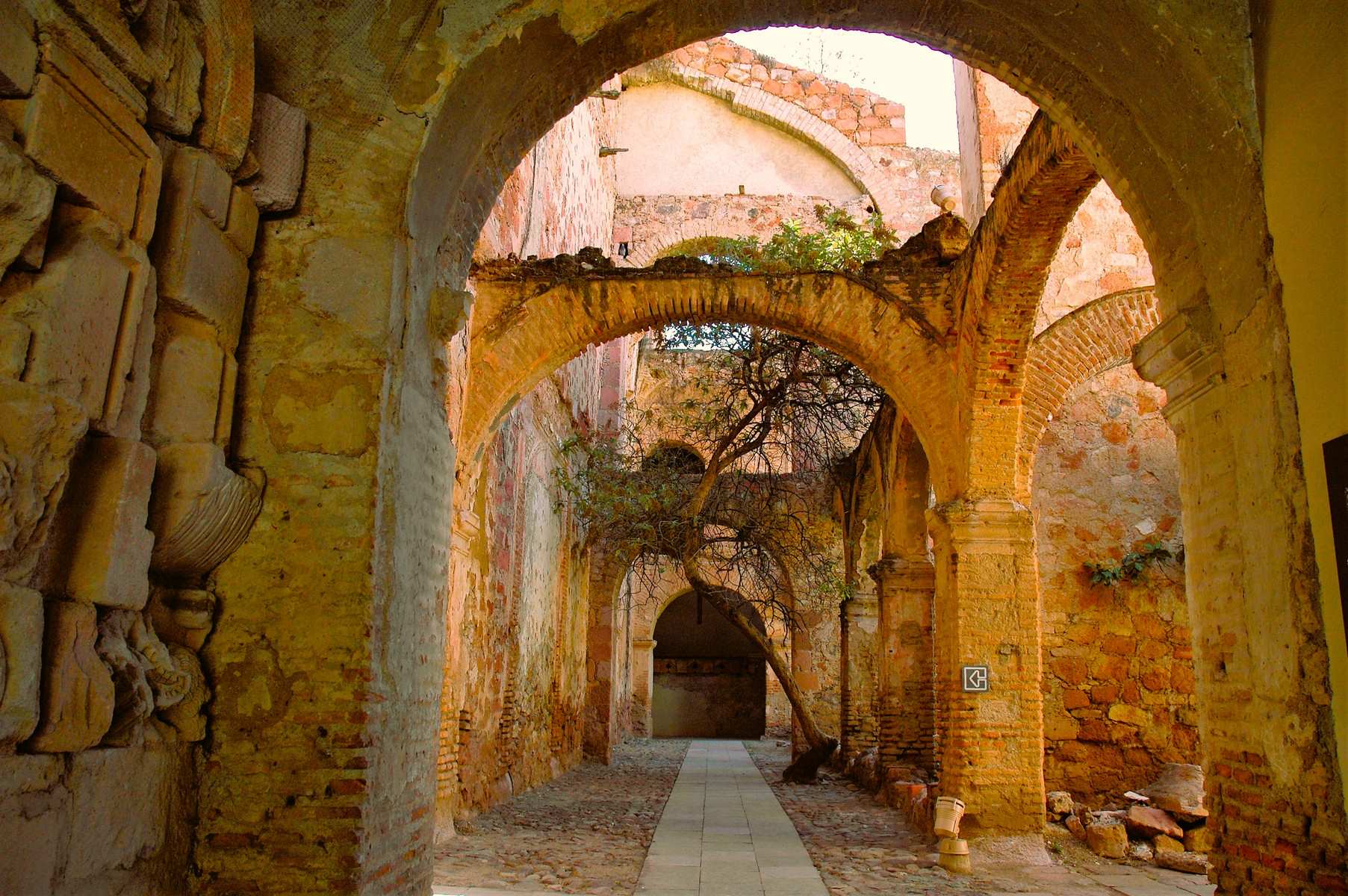
The effect is romantic and enticing, it is a visit into times long gone. And so, though the heat is intense on this summer’s day and the streets are busy with noise, cars, pedestrians, and even horses drawing wagons, as I stand on the cobbled walkway leading under the first archway into a long galley of thick stone, I can already feel the outer world fading away.
One of two museums in Zacatecas named after two brothers, Pedro and Rafael, both of whom were artists, much of the latter’s extensive mask collection is housed in some of the permanent exhibition halls and is said to be the largest collection in Mexico.
A painter, Coronel was also a collector who was fascinated by folk art and the collection he donated to the museum features not only a wide variety of masks but also puppets, pre-Hispanic art, pre-Columbian and colonial pottery, architectural drawings, photographs, and paintings. The entire folk art collection includes around 16,000 pieces. Beyond the masks, there are terracotta figures, paintings, drawings, pottery, puppets, architectural drawings, and more, including a collection of works such as sketches and drawings by artist Diego Rivera.
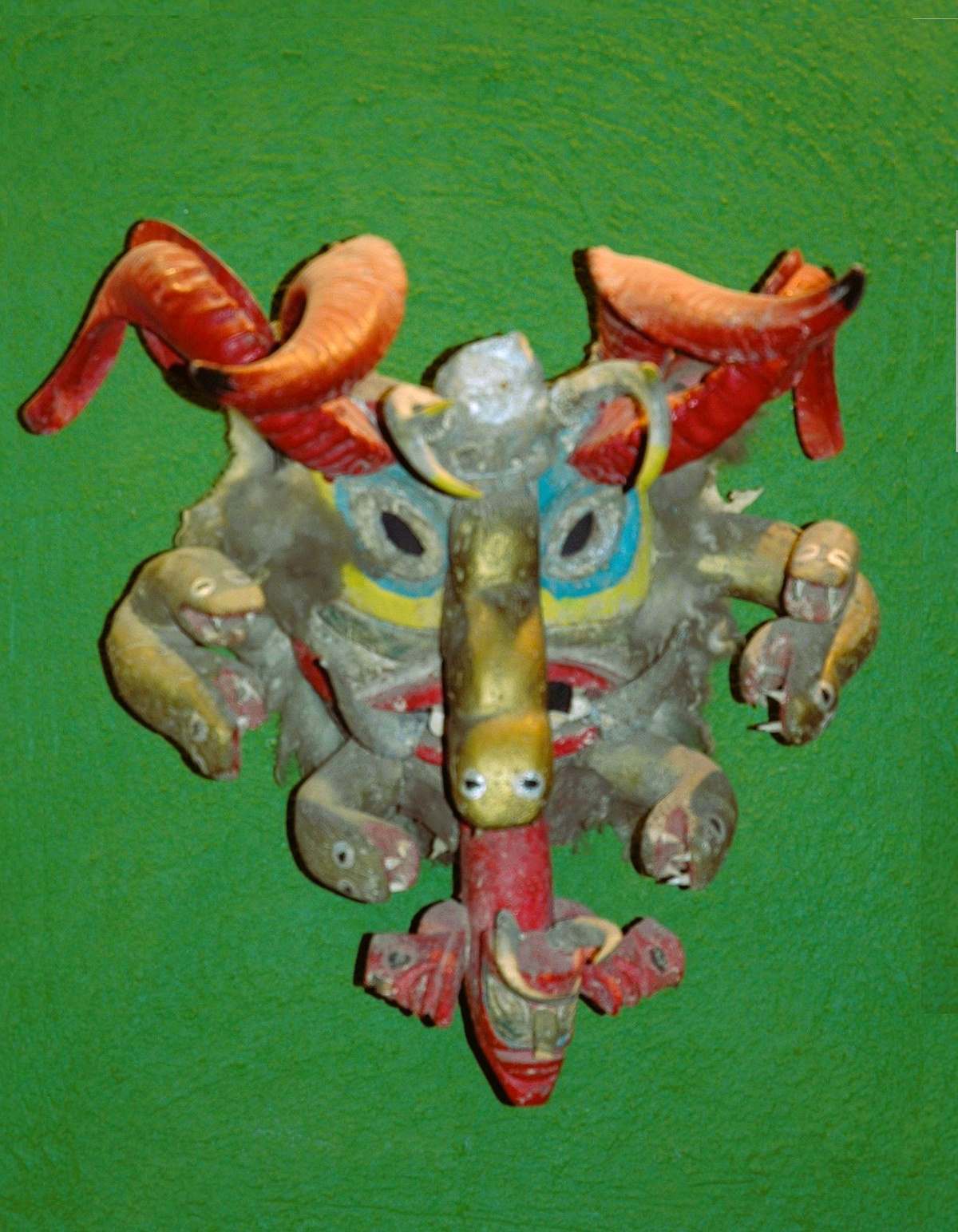
Coronel was married to Ruth Rivera Marín, an architect and the first women to study at the College of Engineering and Architecture at the National Polytechnic Institute. Ruth was also the youngest daughter of Diego Rivera and his second wife, Guadalupe Marin. Interestingly, Coronel had once studied to be an architect as well but quit to pursue his interest in art.
The masks, which make up a large portion of Coronel’s collection, are amazing and diverse. Displayed by their uses, regions, or types—religious ceremonies, spiritual, festivals, dances, animals both real and folk, supernatural, mystical, demons, horned devils, saints, humans, and more, they can be forbidding, scary, beautiful, and/or intriguing. The materials are far ranging as well some even using armadillo skin and human hair.
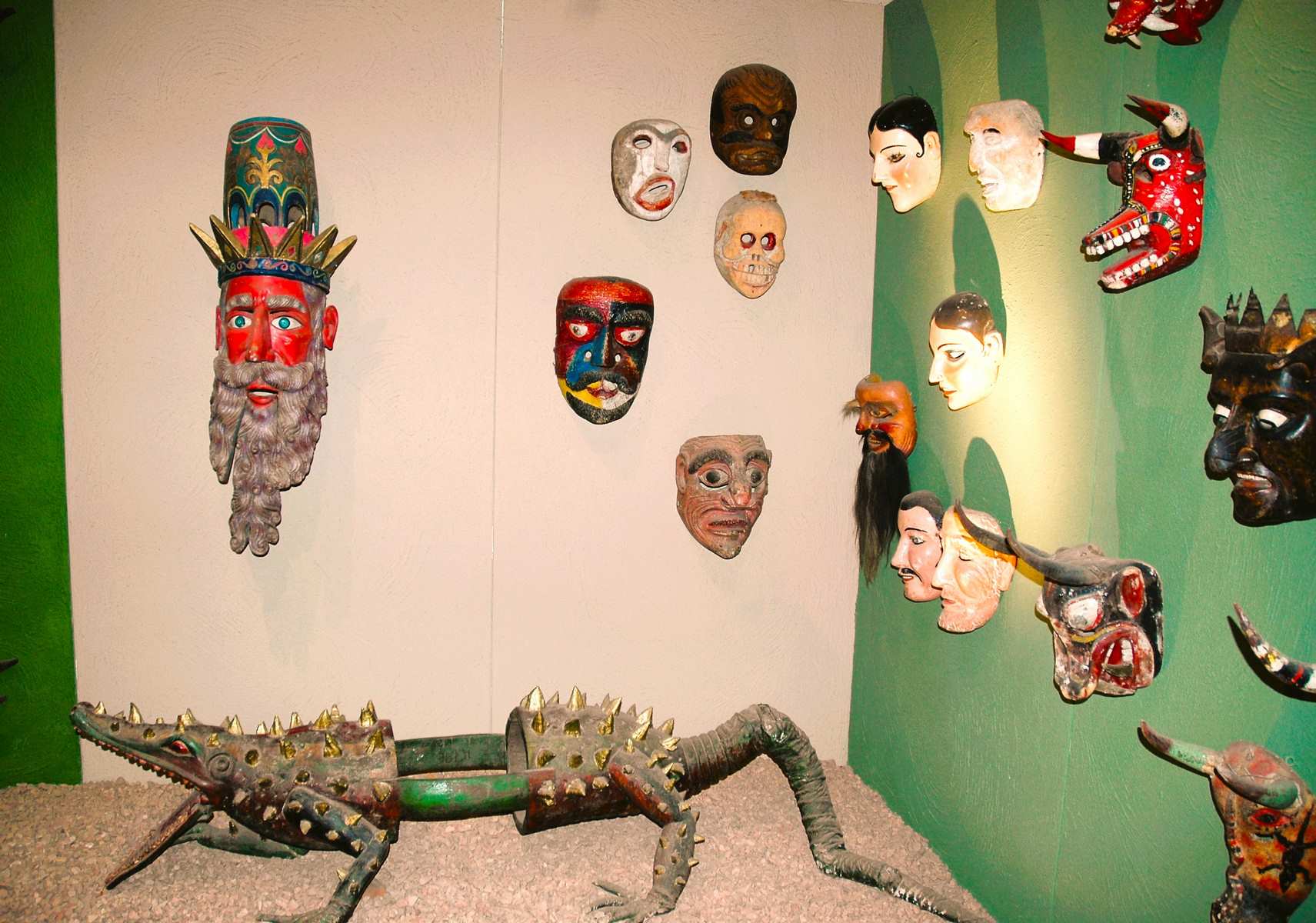
But as interesting as these treasures are, the former convent itself is also a work of art. Abandoned courtyards with benches for resting, giant agaves, and bougainvillea gone wild with masses of flowers are surrounded by exposed stairways and passageways leading into and through porticos, colonnades, and triumphal arches showing the wear of centuries. Statuary can be found throughout the museum as well.
Rumored to be haunted—though you would think the masks would scare any spirits away—there’s a feeling sometimes when turning a corner into a shadowy and empty cloister of someone having just left though there’s no other way to go or of catching a glimpse of a long skirt or a high topped black boot as its wearer disappears further into the labyrinth of gardens and rooms.
That’s all part of the romanticism of beautiful ruins—places with so much history that some remnants of times past remain.
Related articles on MexConnect
- Interactive Map of Zacatecas
- The state of Zacatecas, Mexico – resource page
- Visiting Zacatecas, a UNESCO World Heritage City

